At the headquarters of the Atalanta anti-piracy operation in Rota (Cadiz)
(B2) The headquarters of the EU against piracy (EUNAVFOR Atalanta) is located in Rota, the main Spanish naval base. Installed in an old renovated building, the HQ is located a stone's throw from the other naval base present, that of the American Navy. follow the leader
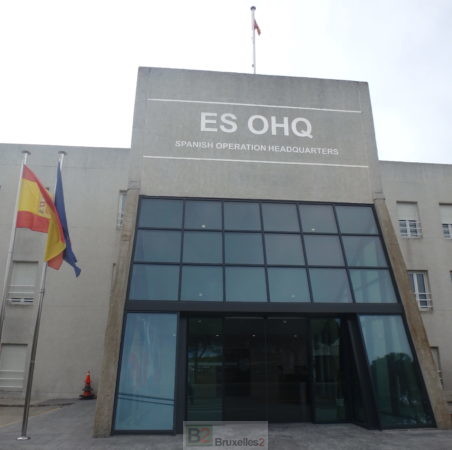
As soon as you enter, the two logos affixed to the Spanish Operation HQ in Rota (ES - OHQ) and the European naval operation EUNAVFOR (EUropean NAVal FORce) for Somalia fit the subject well: this European headquarters serves today for the Atalanta operation, but could then be used for other operations. On the right the operational command, on the left the specialized offices from Personnel to Finance (CJ8) via logistics or plans (CJ5).
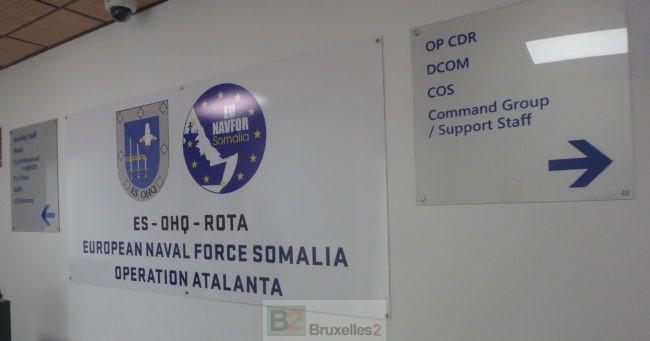
The room where a good part of the 'specialists' are gathered, from communications in the foreground to intelligence in the background.
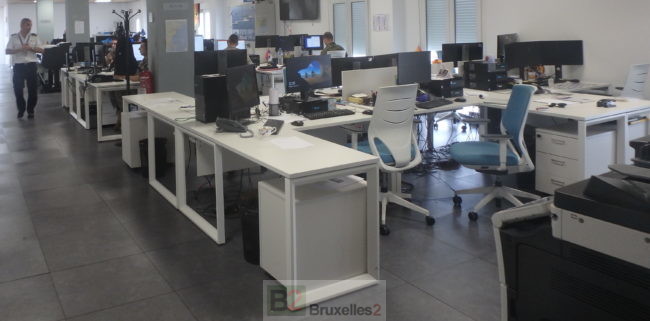
The secure chat system Mercury constitutes the central nerve of the operation. It ensures real-time communication between the ships and aircraft of the operation, but also with the UKMTO (the historic British device for the merchant navy), as well as with the other forces deployed in the area: the CTF151 (force created on the initiative of the Americans) and the national forces patrolling regularly (Chinese, Koreans, Japanese, Indians).
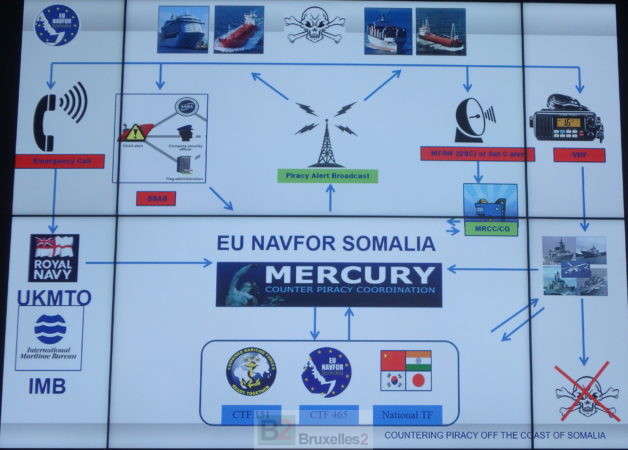
Alerts arrive by VHF radio, telephone or even satellite communication. Regardless of the point of entry or transit, the principle is that information on a possible or active attack, or even on a simple suspicious boat, is centralized at the same point, and that there is a sharing of information.
The joint operations center (JOC) is the central nerve of the device. This is where the operational information comes from and where it leaves.
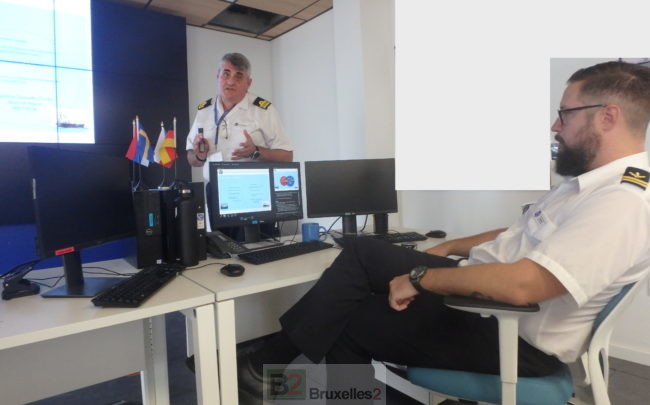
A civilian element for the merchant navy is added to it by the MSCHOA, which is located in Brest. The two work in symbiosis, sharing the same network, as if everyone were in the same room, even though they are more than 2000 km apart.
The purpose of the JOC is to monitor current operations, situational awareness, Marsec incident response, stewardship support and strategic network. While the MSCHOA Maritime Safety Center is in charge of the daily interface with the merchant navy and fishing boats, the coordination of navigation safety information, the maintenance of the MSCHA site and the database.
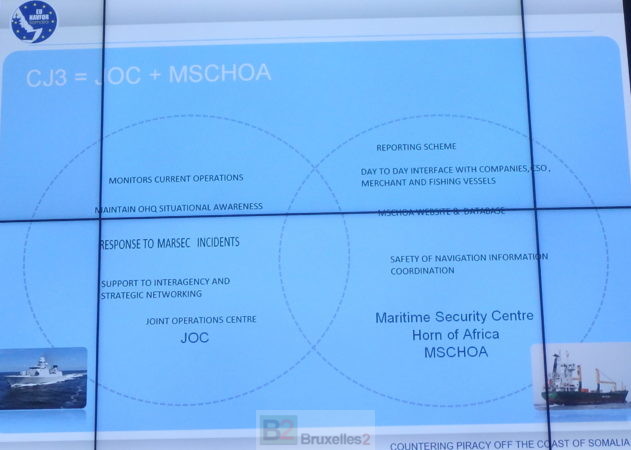
To be continued...
(Nicolas Gros-Verheyde)

